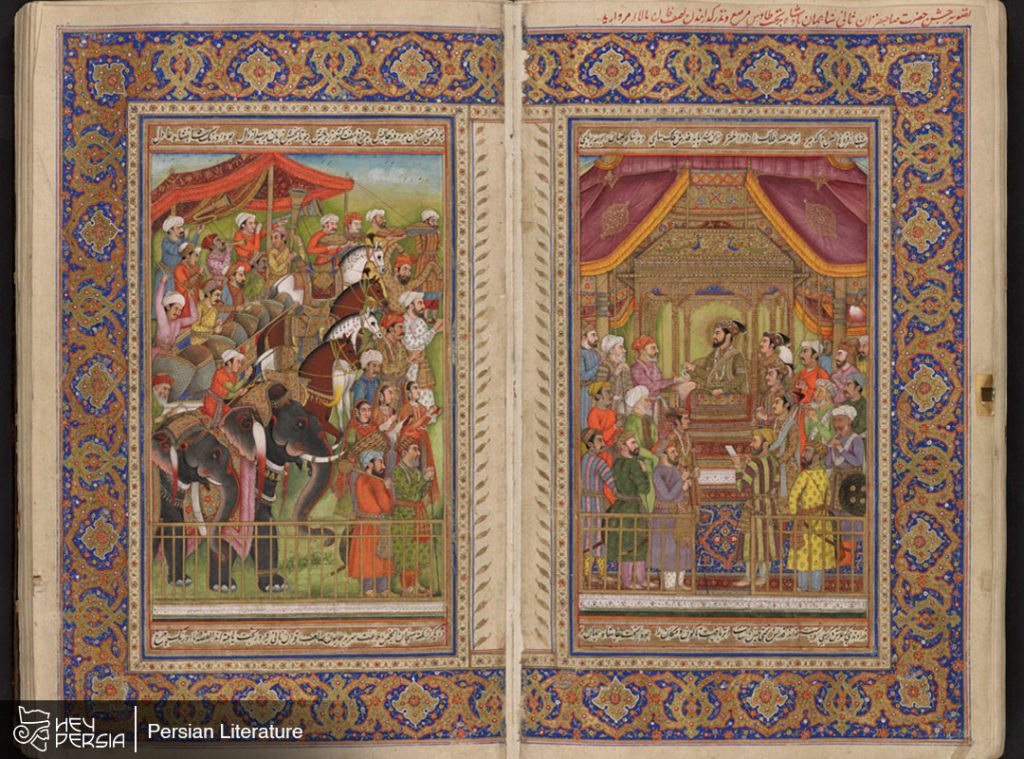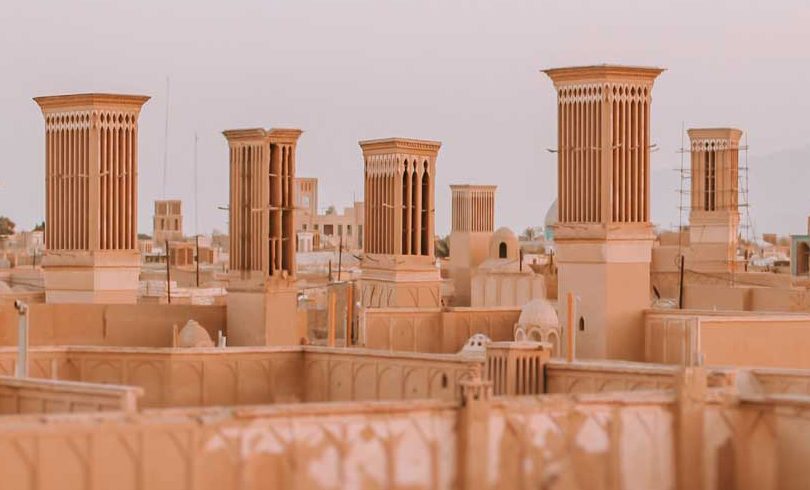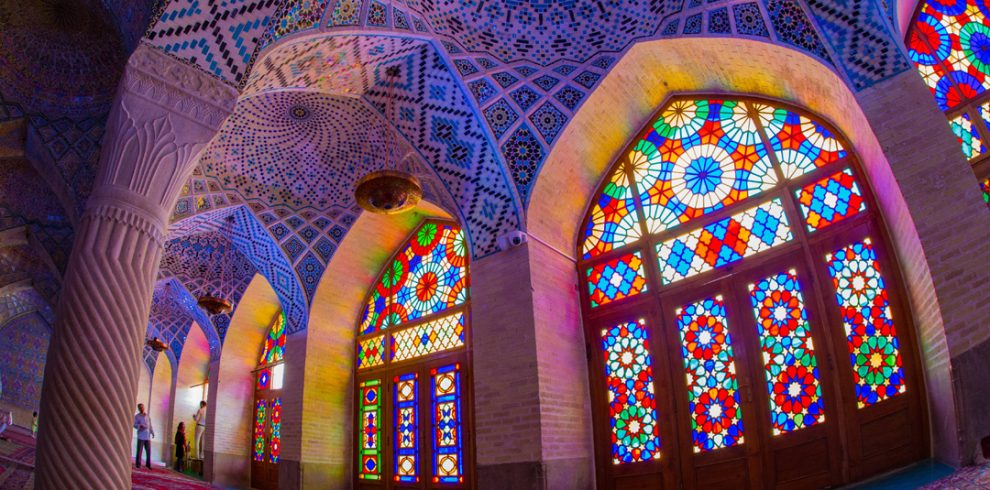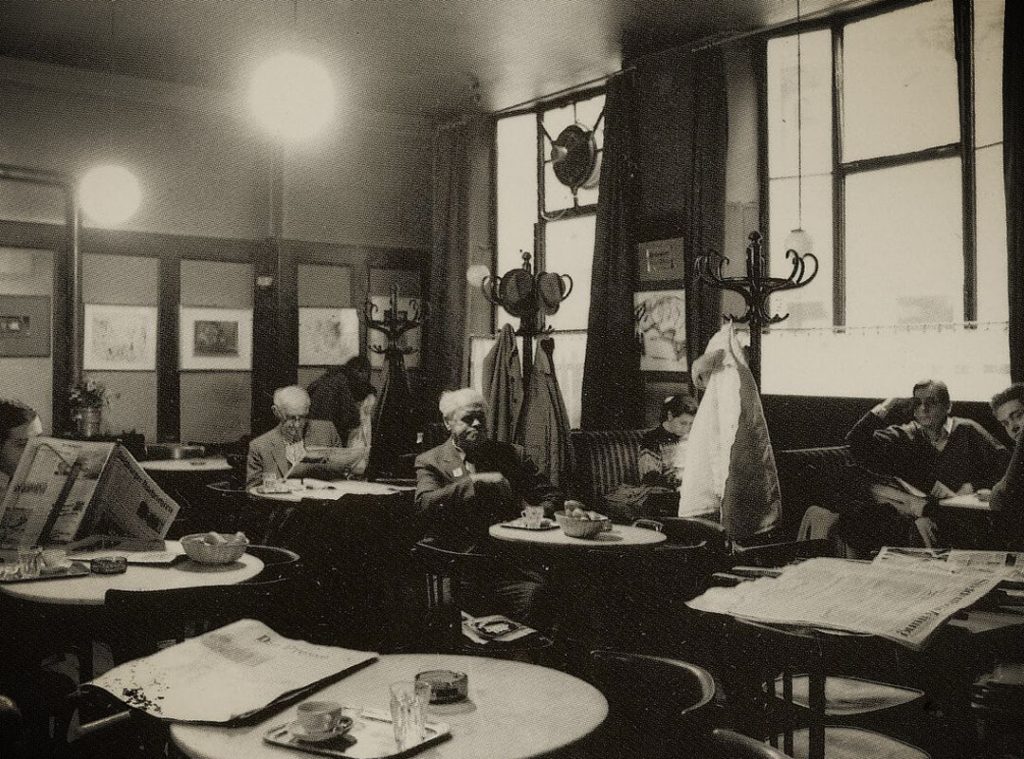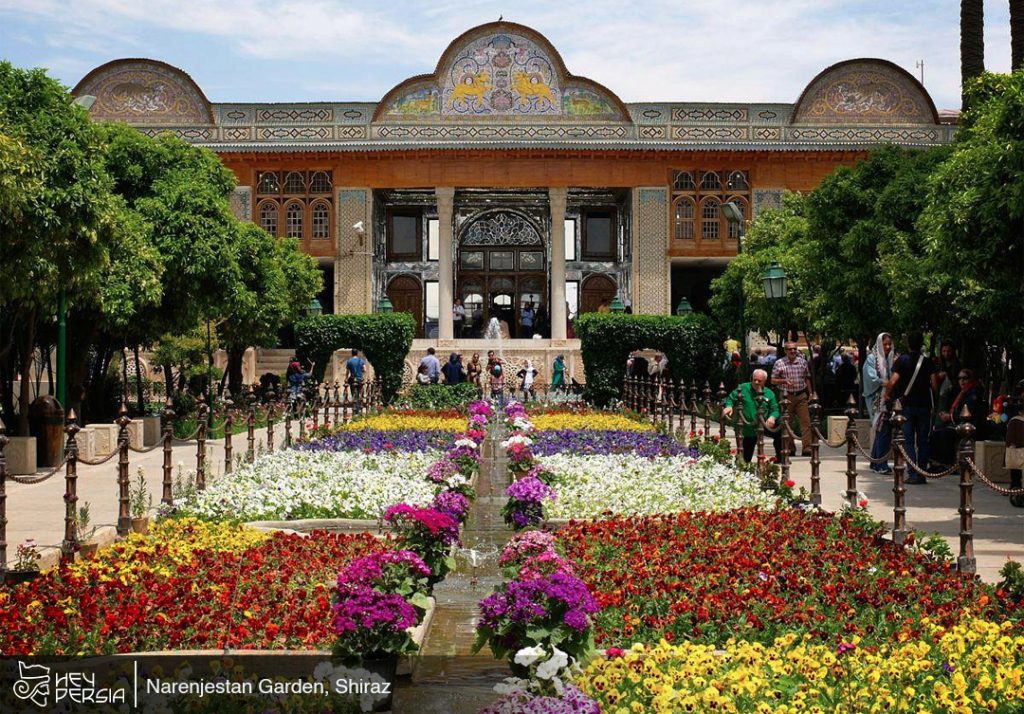Persian literature, with a rich and illustrious history spanning over a millennium, stands as one of the world’s most celebrated and enduring literary traditions. Renowned for its poetic beauty, philosophical depth, and artistic sophistication, It has left an indelible mark on world culture. In this overview, we’ll explore the essence, evolution, and key components of this type of literature. Stay with Hey Persia.
Historical Roots of Persian Literature
This literature traces its roots to ancient Persia (modern-day Iran), where it developed over centuries, shaped by various influences, including Zoroastrianism, Arabic literature, and Persian folklore. The earliest surviving works in Persian date back to the Sassanid Empire (224-651 CE), a time when epic poetry and courtly literature began to flourish. Learn more at Persian Languages and Literature at UCSB.
Classical Persian Poetry in Persian Literature
Persian poetry, characterized by its exquisite use of language and rhyme, is at the heart of this literature. Several key poetic forms have evolved over the centuries, with classical Persian poetry defined by two major styles.
Ghazal
The ghazal is a short lyrical poem typically expressing themes of love, longing, and mysticism. Notable ghazal poets include Hafez and Rumi.
Rubaiyat (Quatrain)
The rubaiyat consists of four-line verses known for their concise yet profound expression. Omar Khayyam’s “Rubaiyat” is a famous example.
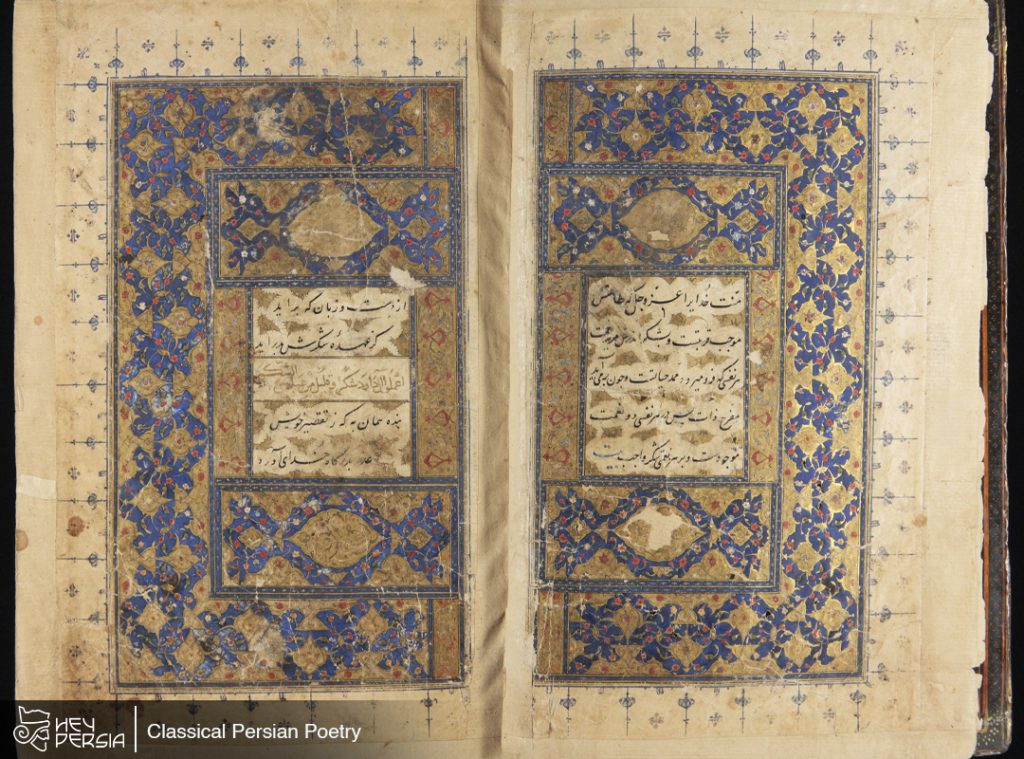
Epic Poetry of Persian Literature
The literature boasts epic poems of grandeur and historical significance.
Shahnameh (The Book of Kings)
Composed by Ferdowsi in the 10th century, the Shahnameh is an epic masterpiece that chronicles the mythical and historical history of Persia. It is revered as a national epic.
Sufi Mystical Poetry
Sufi poets have played a pivotal role in This type of literature, infusing it with spiritual wisdom and metaphysical themes.
Rumi
Jalaluddin Rumi, a 13th-century Sufi mystic, is celebrated for his poetry that explores the themes of divine love, spirituality, and the soul’s journey. His “Mathnawi” is a significant work.
Prose and Fiction
While poetry dominates Persian literature, prose and fiction have also thrived.
Fiction
Persian fiction has produced notable works, such as “One Thousand and One Nights,” a collection of folktales and legends, and “The Blind Owl” by Sadegh Hedayat, a modern Persian novella known for its psychological depth.
Language and Influence of Persian Literature
Persian Language
Persian poetry is primarily written in the Persian language (Farsi or Parsi), known for its lyrical qualities, poetic richness, and historical significance.
Influence on Other Cultures
It has influenced the literary traditions of many cultures, including Arabic, Turkish, and Indian literature. It also contributed to the development of the ghazal in Urdu poetry.
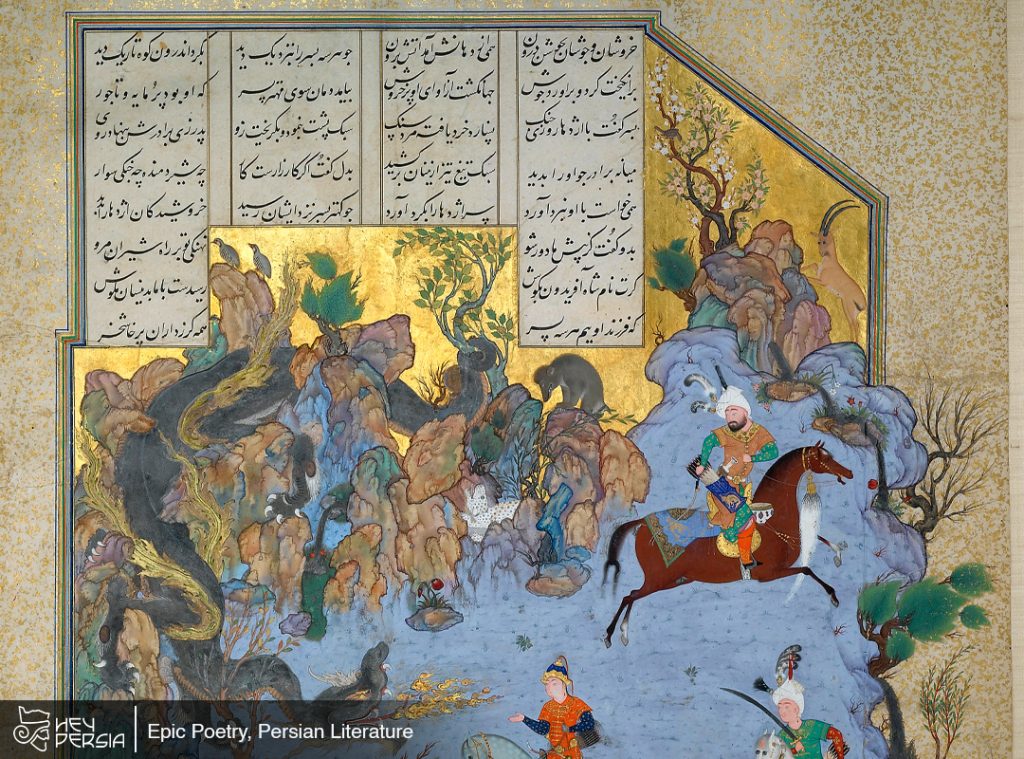
Themes and Philosophical Depth in Persian Literature
This kind of literature explores a wide array of themes, including:
Love and Romance
Love, both earthly and divine, is a recurring theme, often explored through allegory and symbolism.
Mysticism and Spirituality
Sufi poetry delves into mystical experiences, seeking a deeper understanding of spirituality and the nature of the divine.
Nature and Philosophy
Many Persian poets find inspiration in the beauty of nature and use it as a backdrop to ponder philosophical and existential questions.
Legacy and Cultural Significance of Persian Literature
Persian literature holds immense cultural significance:
World Heritage
Works like the Shahnameh and Rumi’s poetry are considered treasures of world literature and have been translated into numerous languages.
Influence on Art
It has influenced various art forms, including calligraphy, miniature painting, and classical music, contributing to the cultural richness of the Persian-speaking world.
Contemporary Relevance
It continues to inspire contemporary poets and writers, ensuring its relevance in modern times.
Persian Literature is a masterpiece
This literature stands as a testament to the enduring power of words and the human spirit’s quest for beauty, wisdom, and meaning. With its rich tapestry of poetry, prose, and timeless wisdom, it invites readers to embark on a profound journey through the annals of Persian culture and history. In its verses, one can discover the heart’s deepest emotions, the soul’s longing for the divine, and the enduring legacy of a literary tradition that transcends time and borders. Persian literature is a treasure trove of human expression and remains an invaluable part of the world’s literary heritage.

